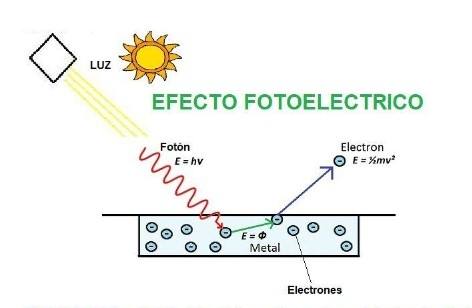
History of Light
#history The nature of light is a subject that fascinated scientists and philosophers for centuries and that brought them upside down until the beginning of the 20th century, when the field of quantum physics developed. Before the s. XVIII it was believed that light consisted of small particles, a theory that allowed us to explain the already known effects of refraction and reflection. Isaac Newton was one of those who developed a corpuscular theory of light that would take many years to question due to the great prestige of its author.
But then in the 19th century, Thomas Young carried out the famous double slit experiment that allowed him to observe the interference produced by light. And the only way to explain this phenomenon and others such as diffraction and polarization of light was to assume that light was a wave. This and the measurements of the variation of the speed of light in different media that did not coincide with the values predicted by Newton convinced most of the scientific community that the corpuscular theory was not correct and assumed that light had a wave nature.
So other issues began to be questioned. Like, for example, if light was a wave, by what means did it propagate in space? At that time it was not yet conceived that light could propagate through a vacuum, but that waves should travel through a substance just as sound traveled through air and water (and that coincidentally it is not transmitted through a vacuum, regardless of what is heard in some space films). This conception of a mechanical wave led them to assume the existence of a certain physical medium, which they called “ether”, which should occupy all space. But after the experiments of Michelson and Morley, who set up an ingenious interferometer to try to find this “ether” and which has had many applications in various subsequent investigations (for example, the LIGO gravitational wave detection experiment is based on it), it was concluded that this ether could not exist.
- Comments (0)
- Recommended
- Milestones
Here are your recommended items...
Here are your milestones...








